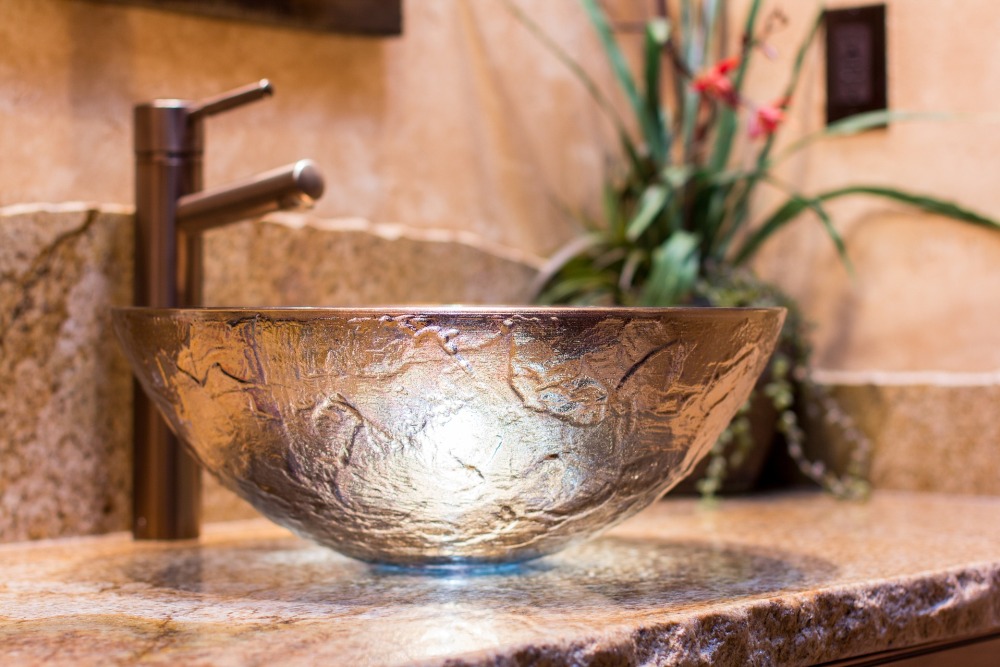
Plumbing emergencies often catch people off guard, turning ordinary days into urgent situations that demand immediate attention. Rapid response to leaks, clogs, or strange sounds can prevent small annoyances from turning into costly repairs. Understanding the essentials of managing these unexpected problems helps homeowners stay calm and act efficiently. This guide offers practical steps to tackle common plumbing issues swiftly and effectively while preserving the integrity of the home's water system.
Recognizing Common Plumbing Emergencies
Detecting early signs of plumbing trouble is crucial for prompt intervention. Sudden leaks under sinks or around toilets, persistent slow drains, or the unmistakable sound of running water when no fixtures are in use all point to underlying issues. Additionally, noises like banging pipes or gurgling drains signal that immediate action may be necessary to avoid damage. By paying attention to these warning signs, it becomes easier to isolate the source of the problem and prevent it from escalating.
Shutting Off Water Sources Quickly
When a plumbing emergency occurs, stopping the flow of water can save a home from flooding and minimize damage. Every household should know the location of the main water shutoff valve and how to operate it. This valve is usually found near the water meter or where the main line enters the property. In many cases, individual shutoff valves beneath sinks and toilets allow targeted control. Acting swiftly to turn off these valves slows water flow and gives time to assess the next steps without the stress of a spreading leak.
Identifying Reliable Resources
Sometimes a plumbing problem demands professional assistance, and knowing where to turn is essential. Researching trusted sources for repair advice or technician services offers reassurance during stressful moments. Many online platforms provide valuable guidance that can aid in troubleshooting basic issues or choosing the right expert. Keeping a list of licensed plumbers and emergency contacts close by ensures that help is available quickly when needed.
Using Temporary Fixes Safely
While waiting for professional repair, applying temporary measures can control damage and maintain functionality. Simple fixes like sealing small leaks with plumber's tape or placing buckets under drips prevent water from spreading. For clogged drains, using a plunger or drain snake often clears blockages without harsh chemicals that may worsen the problem. However, caution is vital to avoid causing additional harm; only confident and gentle attempts should be made to stabilize the situation before experts arrive.
Preventing Future Emergencies
Maintenance and regular inspections are the best defenses against plumbing crises. Routine checks for worn pipes, corroded fittings, and signs of moisture help catch vulnerabilities early. Avoiding the disposal of grease, hair, and non-flushable items protects drains from becoming blocked. Installing water sensors and pressure monitors alerts homeowners to leaks and unusual flow patterns promptly. These proactive steps not only reduce stress but also extend the lifespan of plumbing systems, preserving comfort and safety.
Understanding how to respond efficiently to plumbing emergencies turns potentially overwhelming moments into manageable challenges. Quick recognition, stopping water flow, knowing when to call for help, and using smart temporary fixes all contribute to protecting a home and its occupants. With attention to prevention, the likelihood of sudden plumbing failures diminishes significantly. Embracing these steps empowers homeowners to face unexpected issues with confidence and calm, ensuring a well-maintained and resilient household water system.
EDITORIAL POLICY
The Flash List is dedicated to providing trustworthy editorial content by maintaining strict ethical standards, journalistic integrity, and credible professionalism regardless of any remuneration as working media. The Flash List is not affiliated with third-party companies mentioned and makes no endorsement or guarantee expressed or implied. The preceding article, which contains affiliated link(s) for which compensation was received, is intended for informational reference only and does not constitute advice of any kind. Moreover, a qualified professional should be consulted regarding any lifestyle consideration, medical treatment, or monetary transaction, etc. Content is published in accordance with USFTC regulations and terms and conditions.
MORE ON THE FLASH LIST
































